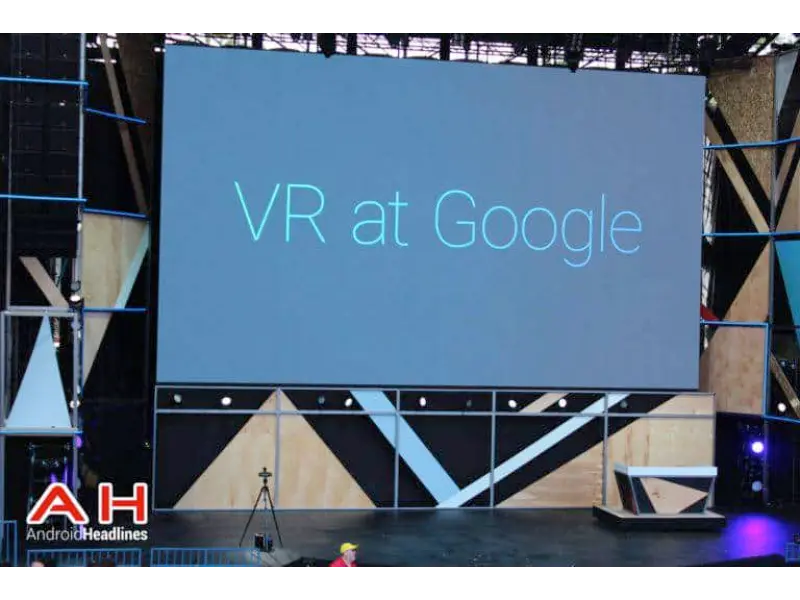- Google’s Lumiere has redefined AI video generation using STUNet technology, which is closer to reality than traditional methods.
- Lumiere demonstrates outstanding performance and potential, challenging existing AI video generators, while Google also values the responsibility of preventing technology abuse.
Google has unveiled its latest breakthrough in AI video generation with its new model called Lumiere. This cutting-edge technology utilizes a diffusion model known as Space-Time-U-Net (STUNet) to create videos that are closer to reality than ever before.
Breaking down the technology
Unlike traditional methods that stitch together generated key frames, Lumiere takes a different approach by creating a base frame and then using STUNet to approximate the movement of objects within the frame. This process seamlessly generates more frames that flow into each other, resulting in lifelike motion. Comparatively, Lumiere generates an impressive 80 frames, while other models like Stable Video Diffusion produce only 25 frames.
Challenging the competition
Compared to its competitors, such as Runway and Meta’s Emu, Lumiere demonstrates superior performance, positioning Google as a formidable player in the AI video generation field. A comparison with the popular Runway platform using identical prompts showcased Lumiere’s ability to flawlessly animate real-life scenarios, exceeding expectations and pushing the boundaries of realism in AI video generation.
Also read:What are China’s internet courts? AI judges and blockchain evidence
Expanding possibilities
Google’s dedication to advancing AI extends beyond text-to-video generation. Lumiere will offer additional features, including image-to-video generation, stylized generation, cinemagraphs, and inpainting. These enhancements will allow users to create videos in specific styles, animate selected portions of footage, and alter colors or patterns within a video.
Concerns and responsibility
However, Google acknowledges the potential misuse of this powerful technology. In their published paper, the company highlights the importance of developing tools to detect biases and prevent malicious use cases. Ensuring a safe and fair usage environment remains a top priority for Google, although specific methods to achieve this were not explicitly outlined.
As Lumiere continues to develop and mature, it showcases Google’s commitment to driving innovation in the AI video generation space. With its superior performance and promising potential, Lumiere is set to challenge existing AI video generators and pave the way for a new era of realistic video creation. The journey towards realistic AI video generation has taken a significant leap forward with Lumiere.

